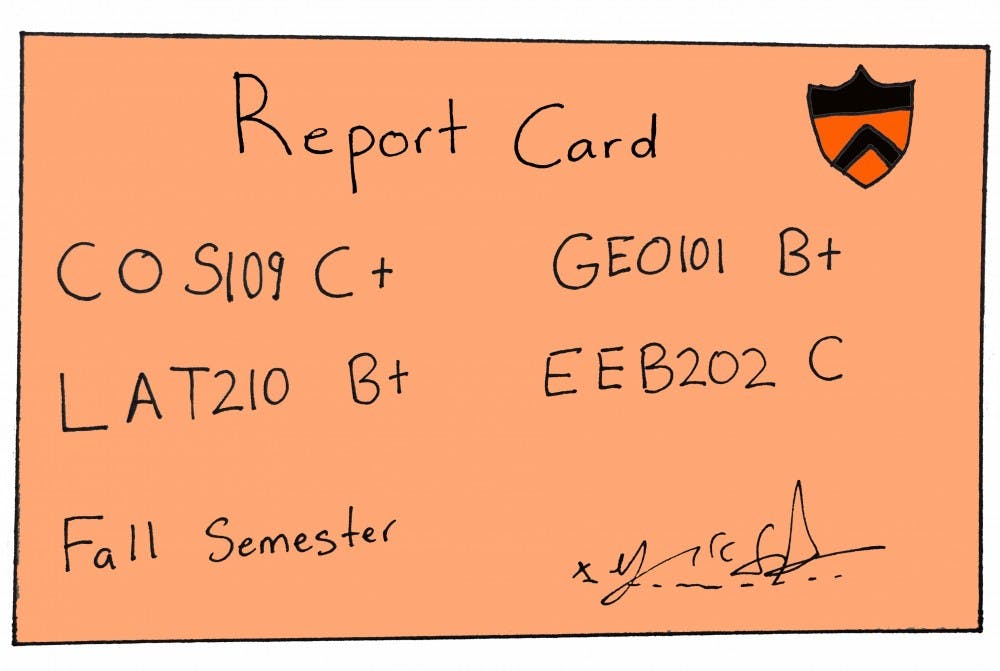Between the recent “She Roars” conference and senior columnist Leora Eisenberg’s recent column on women’s treatment in precepts, we should be more aware of how biases (implicit, explicit, unintentional, and intentional) work in the classroom — especially relating to women and other groups that are stigmatized. While I cannot offer a solution to solve gross inequalities and biases, I can offer a solution to solve inequalities of grading that result from gross inequalities and bias — blind grading. The administration, students, and professors should mandate, advocate, and adopt blind grading as a general “best practices” solution to help deal with bias in the classroom.
It can be uncomfortable to admit that perceived gender disparities and biases still infiltrate and matter in the classroom, especially when it comes to professors who believe they arbitrate grading fairly, rationally, and benevolently. Unfortunately, we know that our implicit biases are by definition subconscious — and we know that they have a negative effect on women in the classroom in particular. Take this study of Israeli schoolchildren, in which women’s math scores were seen to decrease if the teachers knew their gender. Blind grading, therefore, enforces an even playing field between students.
More than that, we ought to isolate the precept from the paper. Papers should be graded as independent works, not graded based on a student’s behavior in precept. Indeed, if we consider that women often get to speak less in precept and are taken less seriously when they do speak in precept, and that precept performance has some effect on how teachers perceive a paper, then we could easily imagine that women would be then “double penalized” on their papers relative to male peers. The first penalty is a subconscious critical eye towards women, and the second penalty is a critical eye towards precept performance — hindered, of course, by gender identity.
The solution, naturally, is blind grading. By merely having students leave names off their papers (using their University ID numbers, or putting their names only at the back where the Honor Code is), the precept and the paper are neatly isolated. Indeed, one struggles to imagine how this could be in any way difficult to implement University-wide. To be sure, seminars or classes with handwriting could be somewhat more difficult for people to stay “blind,” but it also strikes me that most professors have better things to do then try and figure out who wrote a particular paper, or whose handwriting is most “boyish.”
In sum, as Princeton attempts to make strides towards a more equal campus culture, a great deal of effort must be spent on the reparations towards the past and foresightedness into the future. But in the midst of painful self-discovery and great, powerful works to deal with Princeton’s past biases, the solution to present ones may be — at least in part — blind grading.
Ryan Born ’19 is a senior columnist at The Daily Princetonian and a philosophy concentrator from Washington Township, Mich. He can be reached at rcborn@princeton.edu.
This is part of a recurring weekly column on politics and pedagogy at Princeton and abroad.








